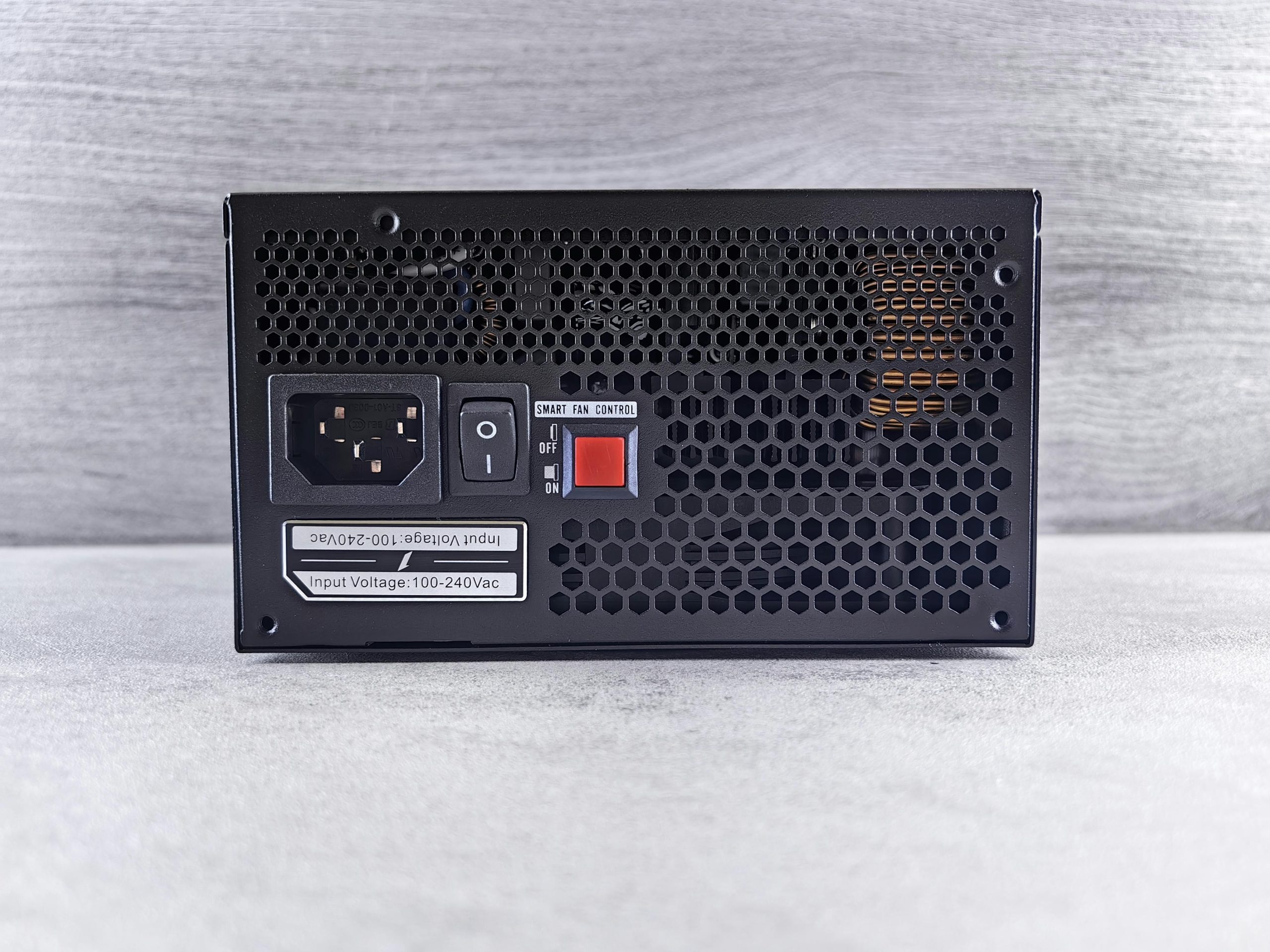Title: Troubleshooting Guide: When Your Computer Powers On but Displays No Video Output
If you’ve encountered the frustrating situation where your computer powers on but fails to display any video output, you’re not alone. This common issue can arise from a variety of factors ranging from hardware malfunctions to configuration errors. Here’s a comprehensive guide to help you troubleshoot and potentially resolve this problem.
Understanding the Symptoms
When your computer turns on but produces no video output, you may notice several signs:
– The power indicator lights up, signaling that the machine is running.
– Fans whir and components may seem to be functioning normally.
– However, the monitor remains blank, displaying either an “no signal” message or staying entirely dark.
Step-by-Step Troubleshooting
1. Check Your Connections
First and foremost, ensure that all cables are securely connected. Examine both the monitor and the computer for loose or disconnected cables. If using multiple monitors, confirm that the primary display is correctly connected.
2. Inspect the Monitor
To rule out issues with the monitor:
– Test the monitor with another device, such as a laptop or an alternative computer. This will help you determine whether the monitor itself is functioning.
– If possible, connect a different monitor to your computer to see if the problem persists.
3. Examine the Graphics Card
If you have a dedicated graphics card:
– Ensure that it is properly seated in its slot. Power down the computer, disconnect it, and recheck the card’s connection.
– If your motherboard has integrated graphics, try removing the dedicated graphics card and connecting your monitor to the motherboard’s video output.
4. Listen for Beep Codes
Many motherboards emit beep codes to indicate specific hardware issues during the boot process. If you hear beeps, refer to your motherboard’s manual for guidance on what these codes mean, as they can hint at the underlying problem.
5. Reset the BIOS
In some cases, resetting the BIOS can help resolve video output issues. You can do this by:
– Powering down the computer, unplugging it, and removing the CMOS battery for a few minutes before reinserting it. This action can restore factory settings and resolve configuration conflicts.
6. Test RAM and Other Components
Faulty RAM can also contribute to video output problems. Reseat the RAM sticks or try booting with one stick at a time if you have multiple modules. Additionally, ensure all other components like
Share this content:




If you’re experiencing a situation where your computer powers on but there’s no video output, here are some additional troubleshooting steps that might help: